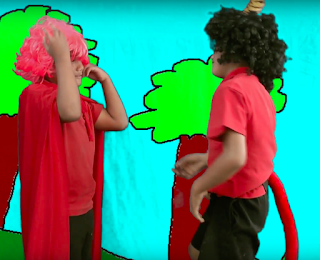Approximately 300,000 children in New Zealand are classified as living in poverty. This is defined by a household income that is less than 60% of the median household income. (NZ Children’s Commissioner 2015) These children have increased health risks, lower academic achievement and are more likely to suffer from childhood trauma. (Wilkinson, B., & Jeram. J 2016)
Trauma is defined as an overwhelming and unregulated emotional response to a negative experience. The effects of trauma can be immediate or in younger children, manifest in delayed responses triggered by like experienced in older childhood. (Bainbridge and Lasley 2002, Beecher, M., & Sweeny, S. M. 2008, Garrett 2014, NZ Children’s Commissioner 2012, Tough 2016, Sitler 2009 ).
Traumas, which are more prevalent in the lower socioeconomic households, (Children’s Commissioner’s 2012) are recognised as the greatest stressor for cognitive development in children which contribute to lower academic achievement levels in formal schooling. These traumas include, parental separation, emotional and physical neglect or abuse, violence, and substance dependency. (Garrett 2014)
The constructivist theory developed by Piaget, generalises that a child constructs their own knowledge through experience, observation and experimentation. Through assimilation and accommodation children develop their understanding of the world. (Siegler et.al 2003) If responses differ from expected, children can become maladapted to certain environmental factors, their equilibration of understanding is thrown off.
Neglect or abuse can cause disequilibration. If a child is not responded to as expected, then their
understanding of that stimuli is altered.
A child who grows up in a violent or neglectful household learns that the adult in their live is unavailable or dangerous. (Williams 2006) The cognitive development of the child is compromised, socially and emotionally. To maintain a level of attachment to the abusive caregiver, relationship schema in the child are permanently altered. (Saakvitne 2000)
These maladaptations cause great stress to the child. Memories of traumatic events are processed or altered, offering false perceptions to the individual. These perceptions are then revisited when faced with emotional triggers.
Essentially, humans are all born within a similar range of intelligence, however childhood experiences within the formative years, will impact upon that child’s ability to learn. (Bainbridge and Lasley 2002)
Trauma experienced as an infant is often experienced implicitly. The child has feelings around the trauma but no concrete event to hold it to. This leads to emotional responses to events without knowing why. The child has no words to explain or describe their reaction and feelings. (Kaplow et.al 2006) This makes understanding the reasons for triggers and preventing excessive reactions, extremely difficult.
For a child trying to learn in a traditional school setting, trauma can greatly influence their ability to remember, process and think critically. A child overwhelmed by unknown feelings, or anxiety does not have the cognitive space to focus on learning new concepts or to process and transfer new ideas. They are often much slower at attending to and adapting learning, which increases stress levels and makes school an even more unpleasant place to be. (Tough 2016, Sitler 2009)
Many research studies indicate that childhood trauma compromises safety, diminishes the sense of belonging, and has a negative impact on cognitive development and the ongoing cognitive abilities of children. (Enlow et.al 2012; Majer et.al 2010; Willis et.al 2015; Streeck‐Fischer & Kolk 2000)








